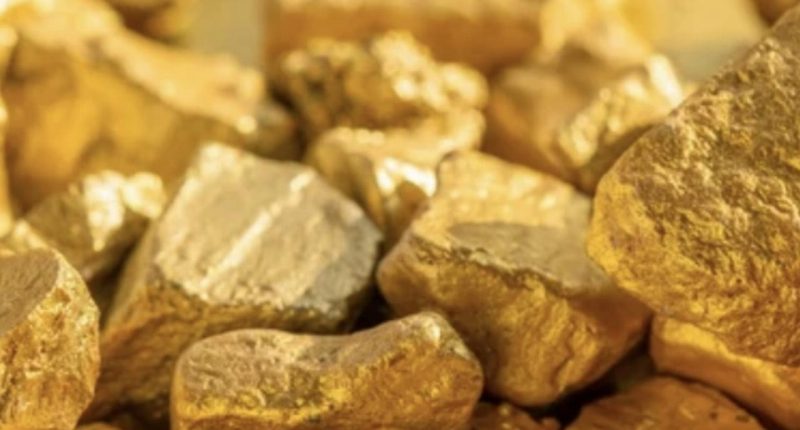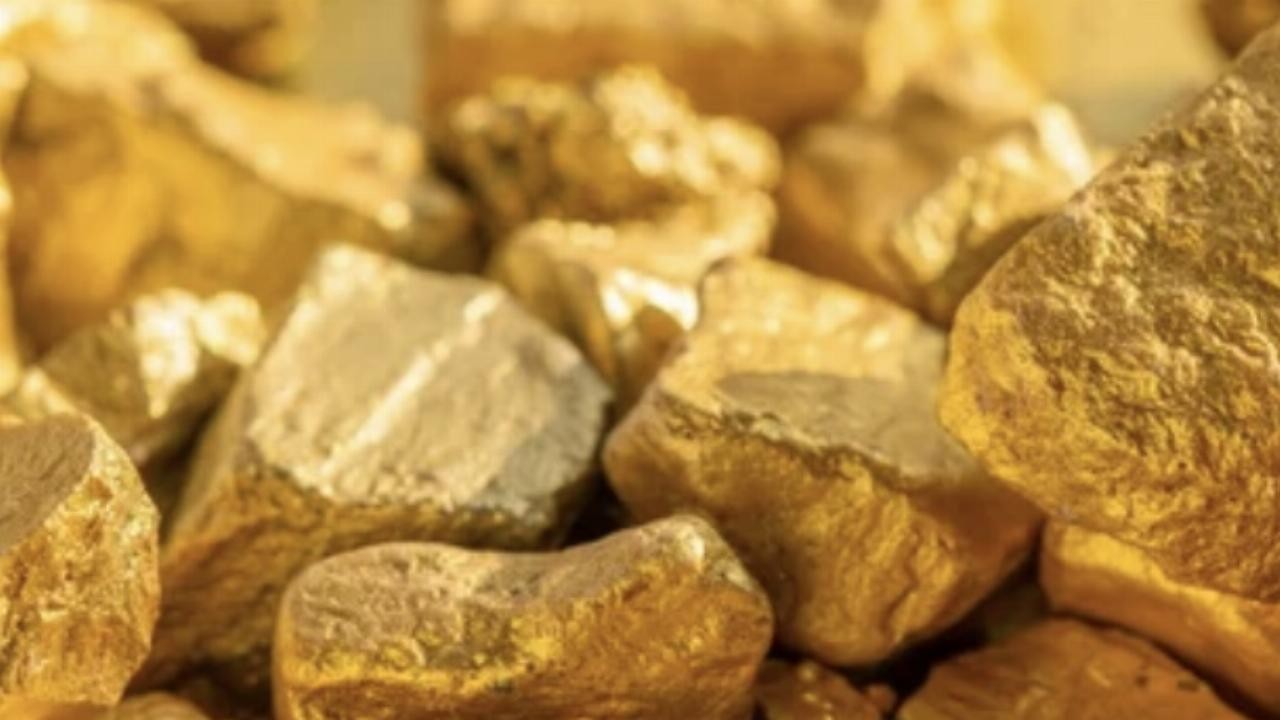- Gold Mountain (ASX:GMN) acquires 20 new tenements, covering a total area of 388.18 square kilometres, for niobium and rare earth elements (REE) in the Araxá region of Minas Gerais, Sao Paulo
- GMN obtains tenements over and around four radiometric and magnetic anomalies that share similar signatures with the carbonatite mined for niobium at Araxá
- GMN’s exploration approach encompasses stream sediment and channel sampling, geophysics, and soil sampling to pinpoint specific areas of interest for niobium and REE
- The demand for niobium currently is significant, with 90 per cent being processed into ferroniobium for diverse applications
- GMN shares last traded at 6 cents
Gold Mountain (ASX: GMN) has acquired 20 new tenements, covering a total area of 388.18 square kilometres, for niobium and rare earth elements (REE) in the Araxá region of Minas Gerais, Sao Paulo.
These tenements strategically position themselves among a group of carbonatites, including one hosting the world’s largest niobium mine.
GMN has obtained tenements over and around four radiometric and magnetic anomalies that share similar signatures with the carbonatite mined for niobium at Araxá. The Araxá apatite-niobium deposit, part of the Barreiro carbonatite-alkaline igneous complex, is a notable feature in this region.
Araxá’s soil horizon reveals REE contents ranging from 0.3 per cent to 1.3 per cent, averaging at 0.9 per cent, while the laterite and saprolite horizons exhibit higher percentages. Certain carbonatite patches showcase high-grade niobium, reaching up to 7 per cent Nb2O5, stemming from both magmatic and hydrothermal processes.
Exploration
GMN’s exploration approach encompasses stream sediment and channel sampling, geophysics, and soil sampling to pinpoint specific areas of interest for niobium and REE.
Identified anomalies will undergo further investigation through drilling programs, including reverse circulation (RC) and diamond drilling, to define potential resources.
The demand for niobium currently is significant, with 90 per cent being processed into ferroniobium for diverse applications, such as micro-alloyed steels for pipelines, train tracks, vehicles, ships, and bridges. Niobium also serve purposes in camera lenses, electric vehicle batteries, telescope lenses, while metallic niobium is indispensable for superconducting wires in medical and industrial equipment.
Given the compound annual growth rates for niobium ranging from six to nine per cent until 2030, GMN’s exploration efforts aim to contribute to a diversified supply chain in this thriving market.
GMN shares last traded at 6 cents.








